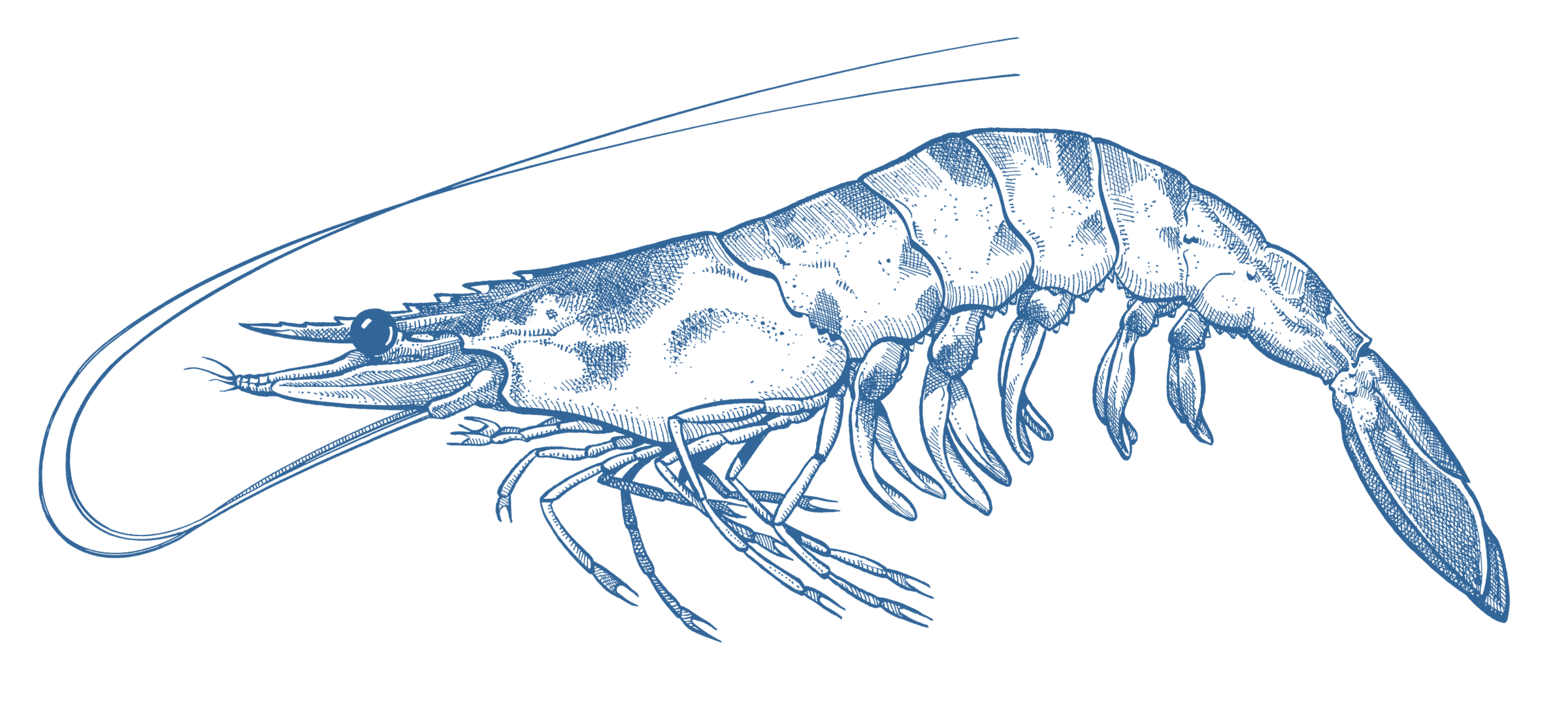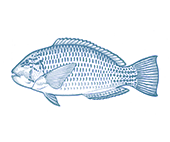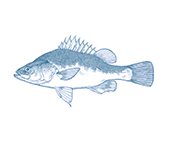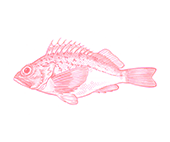




- Say No
Farmed
Region:
Imported, Vietnam
Note: If prawns are certified by the Aquaculture Stewardship Council, they are Amber*
- *In this case, ASC certified farms carry a lower risk of environmental impact due to management measures that are required to meet continued certification standards. Find more info below.
- Vannamei prawns are primarily farmed in intensive land-based ponds, mostly in the Mekong Delta.
- Feed has a relatively low dependency on wild fisheries, though non-certified prawns carry a high risk for feed to be the product of illegal, unreported, and unregulated fishing.
- Vannamei prawn production can have significant impacts on surrounding habitats.
- Though farms are mostly sited on land that was previously highly impacted by other forms of food production, mangroves can be seriously impacted in farms without ASC certification.
- The high stocking of these ponds is known to increase waste output and disease.
- Disease issues in these farms have caused outbreaks in the surrounding environment.
34,919 tonnes imported from Vietnam in 2022.
Australians love prawns. In fact, they’re our second most imported seafood item for consumption at around 40,000t a year. More than two thirds of the prawns consumed in Australia are packed and shipped by Vietnamese exporters.
Of these, a vast majority are Vannamei prawns (Litopenaeus vannamei) which account for 99.7% of prawns imported to Australia from Vietnam.
Prawn farming in Vietnam experienced a rapid expansion in the 1990s, specifically along the Mekong Delta.
Through satellite imagery, we can see that this development was sometimes at the expense of mangrove forests, although it also took place on existing agricultural land.
As farms are typically located in a natural delta which is below the 1-in-100 flood level, there is a real risk of prawns escaping and impacting wild populations. There is not clear evidence that such impacts have been lasting and severe.
Vannamei prawns are predominantly farmed using intensive farming systems. Intensive systems require significantly more human intervention, and span a spectrum from semi-intensive to super-intensive. Increasing stocking density usually results in greater feed inputs, as well as more intricate pond management involving water treatment, recirculation, mechanical aeration, and utilisation of various chemicals for water quality and disease treatment.
Reliance on wild stock is relatively low for feed. Broodstock is often imported from elsewhere, though they do not rely on wild stock.
High stocking densities can lead to adverse effects on the downstream environment (as this involves more effluent production and chemical use) and increase the susceptibility of wild populations to disease.
A significant proportion of intensive vannamei farming operations use one or more water treatment/recycling effluent reduction measures such as settling ponds and artificial wetlands, and some intensive farms may have only indirect connection to the receiving environment.
*** ASC certified prawns are ranked amber, not red. In these circumstances there are improved limits on stocking densities, water quality control and plans to mitigate environmental impacts from waste water, effluent discharge, escapes. The siting of farms is also controlled. There is better management and traceability on the origin of feed. We consider these factors likely to result in lower environmental impacts.
Some uncertified vannamei prawns can be sustainably produced. There is a large range of production methods, with varying environmental impacts. However, it is currently impossible to tell which non-certified products are sustainably produced.
It is important to note that third-party certifications do not always represent environmental sustainability and consumer guidance consistent with our GoodFish Standard.


